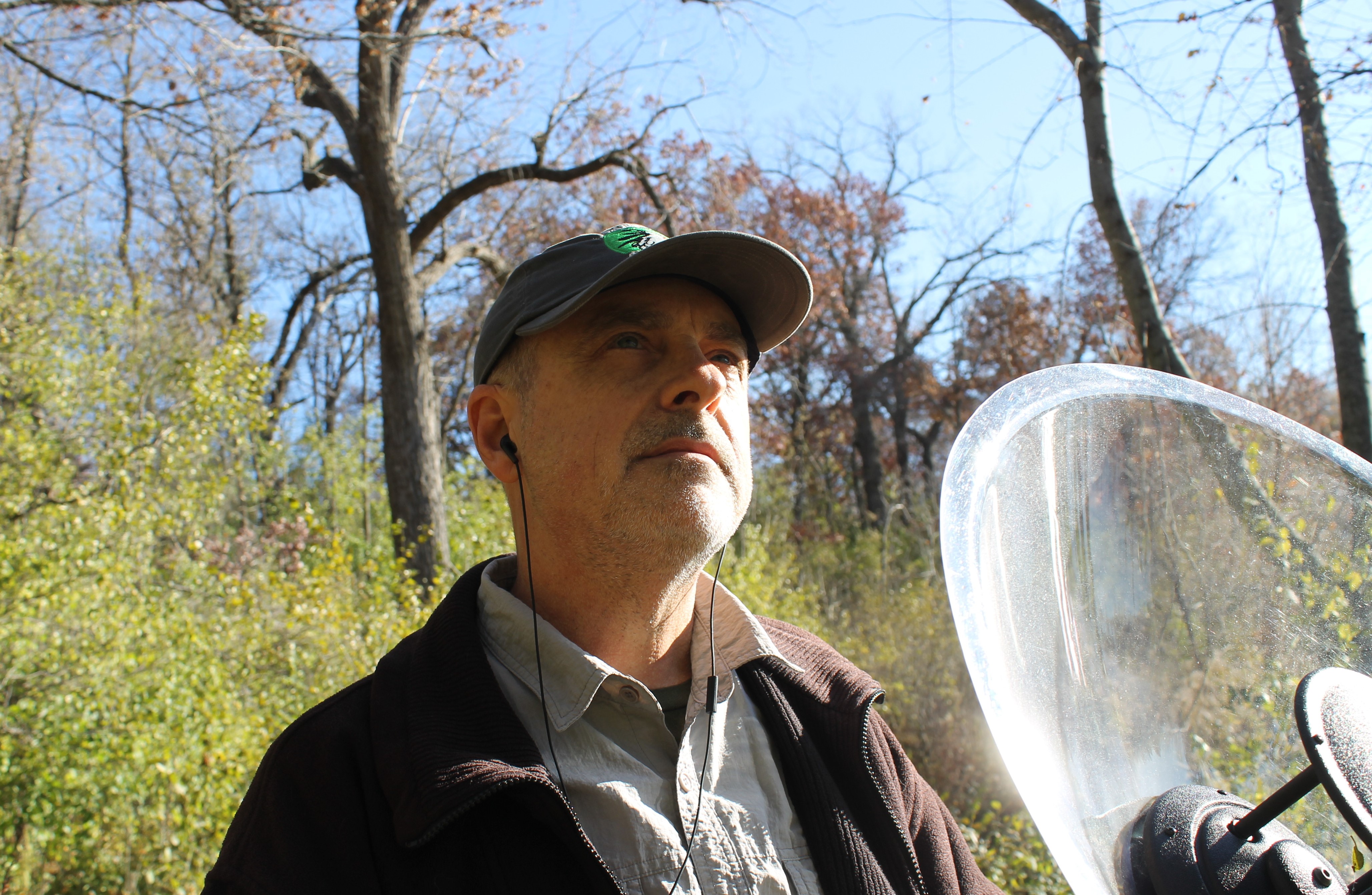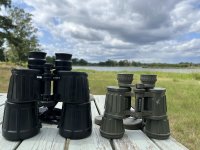hopster
Well-known member

I have become interested in the effects of prisms on image quality for the very best binoculars, and developed a liking for prisms that feature Total Internal Reflection (TIR) like Porro and Abbe-Koenig over the increasingly ubiquitous Schmidt-Pechan types used in most roof optics. I seem to see a better transparency, more 'immediacy' in the image and also possibly a better ability to differentiate subtle contrast differences. I know that glass and coating quality and other aspects of the design are also important but this does appear to be a pattern in the binoculars that I have looked through.
From a physics or signal processing perspective one can wonder what happens to the energy that is lost or dissipated in a prism with lower transmission than one with TIR (perhaps ~5% of all the energy entering the prism). In relation to this point, usually only brightness is considered but I believe there may be other more subtle effects on image quality. Interested in the thoughts of others.
I am also curious why alternative TIR prisms are not used often (or even at all) by binocular manufacturers. With fully sealed roof prisms binoculars that use internal focusing I would imagine that both of these would be more compact than Abbe-Koenig which will always tend to increase the length and weight of the system:
Abbe-Porro
Perger
I'm sure there are others which the experts here will know about.
From a physics or signal processing perspective one can wonder what happens to the energy that is lost or dissipated in a prism with lower transmission than one with TIR (perhaps ~5% of all the energy entering the prism). In relation to this point, usually only brightness is considered but I believe there may be other more subtle effects on image quality. Interested in the thoughts of others.
I am also curious why alternative TIR prisms are not used often (or even at all) by binocular manufacturers. With fully sealed roof prisms binoculars that use internal focusing I would imagine that both of these would be more compact than Abbe-Koenig which will always tend to increase the length and weight of the system:
Abbe-Porro
Perger
I'm sure there are others which the experts here will know about.









